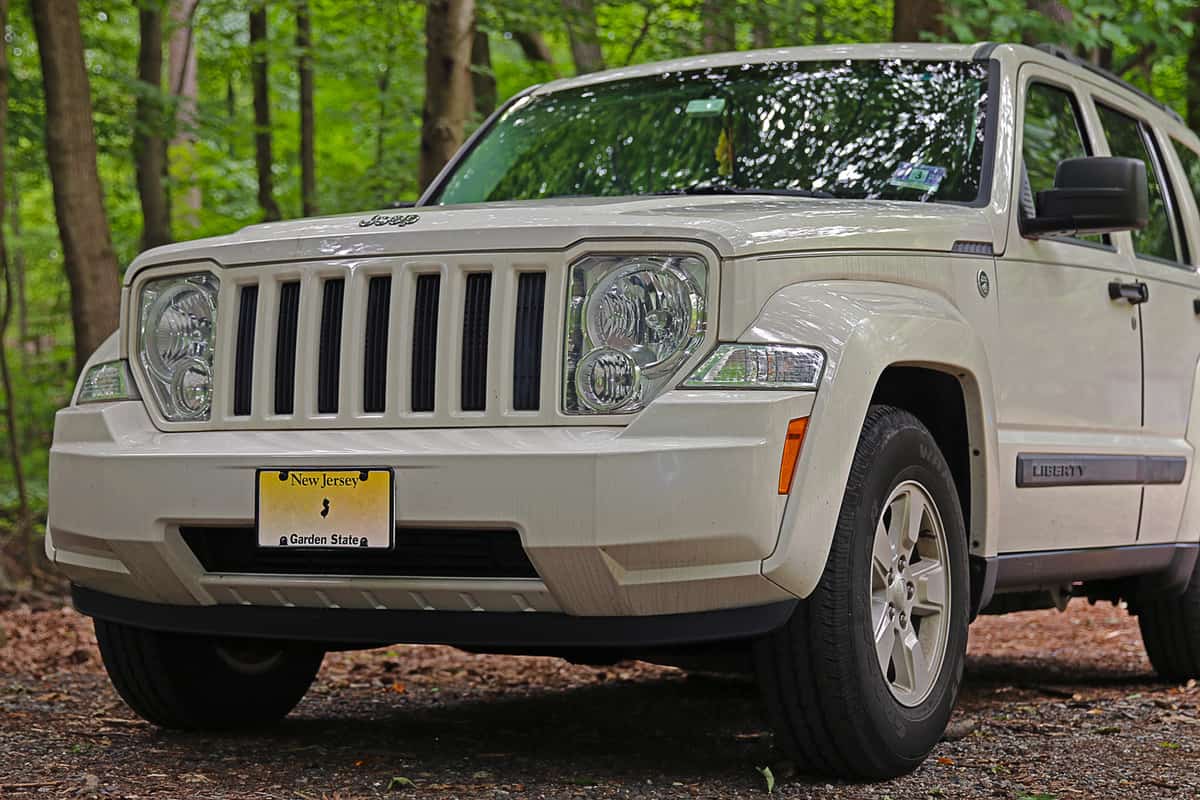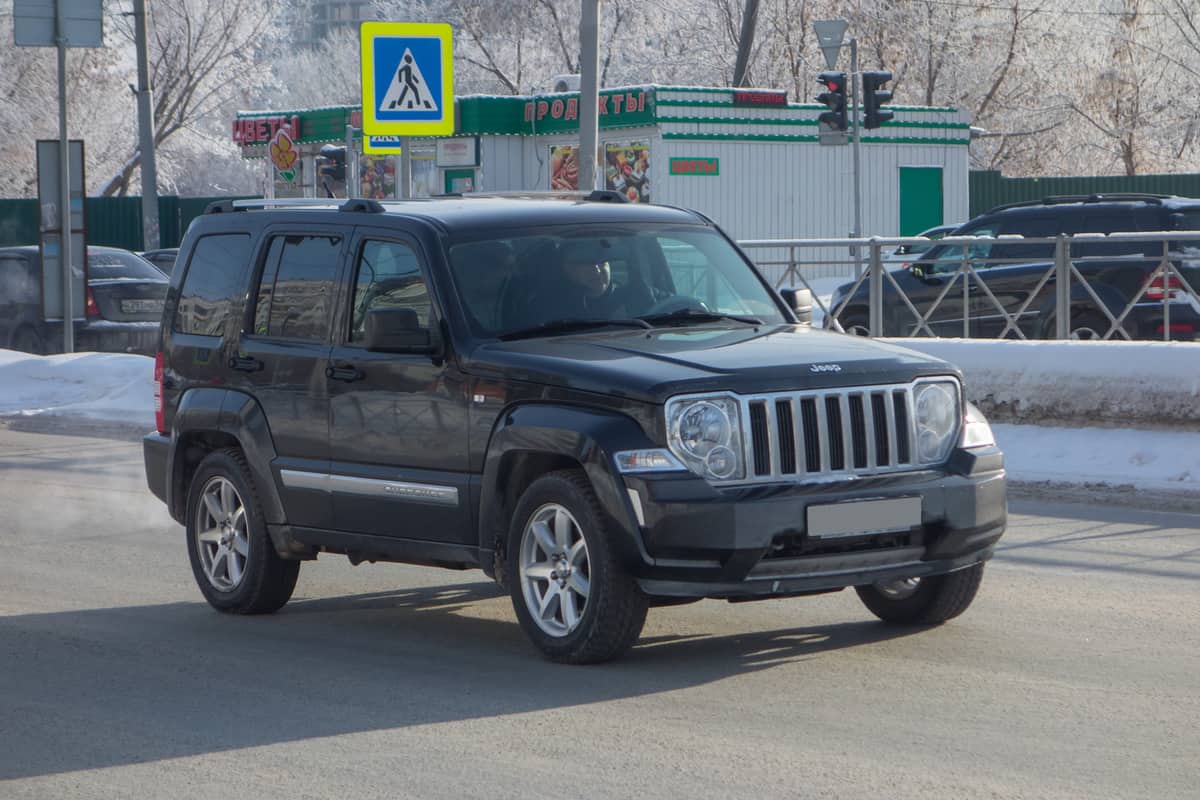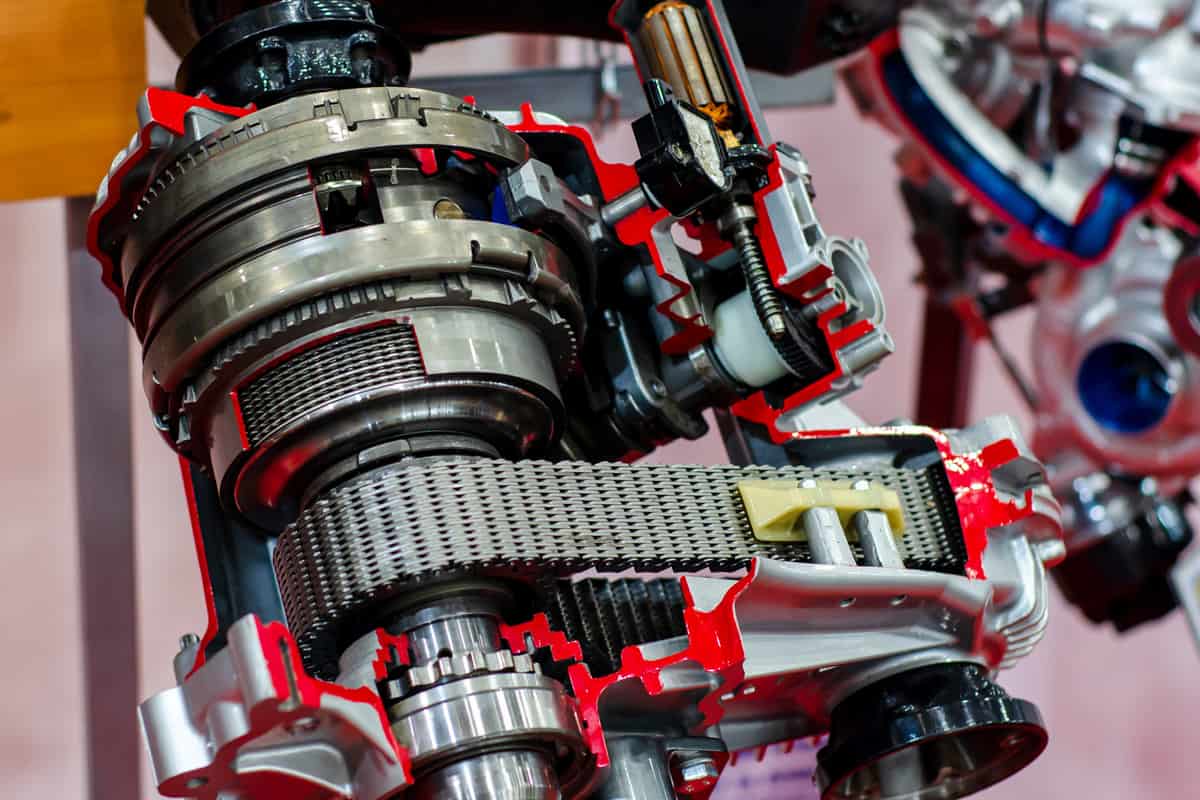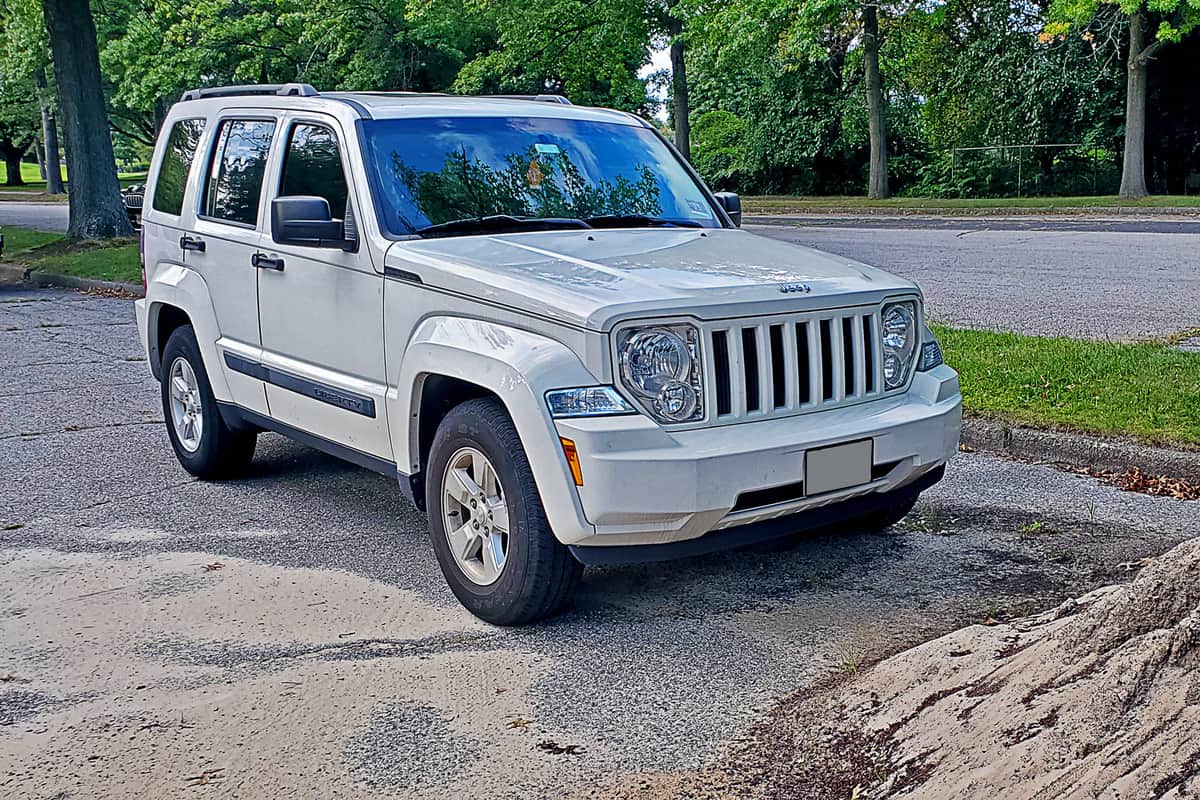Is your Jeep Liberty stuck in 4WD mode, and you want to know how to revert it to 2WD? You’ve come to the right place, for we have researched this question, and we have the answer for you.
Follow the simple steps below to revert your Jeep Liberty to 2WD:
- Slow the vehicle to 2-3 mph.
- Place your Jeep Liberty to 'Neutral.'
- Switch the lever to '4WD-Low' while your Jeep is rolling in neutral gear.
- Shift your Jeep Liberty into gear.
- Switch the lever from '4WD-Lo' to '2WD.'
Unfortunately, there are older Jeep Liberty models that will not allow you to change from 4WD to 2WD—and vice versa—while your Jeep is moving. Learn more about 4WD systems in the succeeding sections, including the common reasons why it becomes difficult to switch back to 2WD from 4WD mode. Read on!

How to disengage a stuck 4WD [alternative method]

Improper lubrication of the transfer case—or lack of use—can cause the 4WD to get stuck. It is important to switch to 2WD when driving on highways to improve fuel efficiency and avoid damage to the transfer case.
Follow these alternative steps to loosen a stuck 4WD:
- Switch your Jeep to '4WD-Hi.'
- Drive for approximately a quarter of a mile.
- Stop your Jeep.
- Switch from '4WD-Hi' to '2WD.'
- Put your Jeep into 'Reverse' gear.
- Drive backward for 20 feet or so.
- Drive forward slowly to let any stuck shims disengage.
What is a transfer case control module?
A transfer case control module is the electronically controlled brain behind 4WD systems. It gives drivers the option to send engine power to both front and rear wheels or one pair of wheels only.
You will experience difficulty staying in 4WD if the transfer case control module starts to fail or has already failed. This will also result in difficulty switching between 2WD and 4WD.
How does a transfer case control module (TCCM) work?
A TCCM has sensors that detect the speed of your Jeep. Knowing the speed of your Jeep allows it to decide if it is safe to switch from 2WD to 4WD.
If your current speed is within the safe range to switch to 4WD when you try to switch from 2WD to 4WD, then the TCCM will allow the switch. If you’re not within the safe speed range, the TCCM will switch your Jeep back to 2WD mode.
What are the signs that a TCCM is starting to fail?
TCCMs are designed to last the lifetime of your Jeep. Unfortunately, TCCMs can go bad and cause difficulties using the 4WD mode.
Fortunately, some signs tell you that your TCCM is going bad so that you can have it checked and replaced before it can cause a bigger problem to your car.
Not staying in 4WD
A common sign of a failing TCCM is when your Jeep doesn’t stay in 4WD. It doesn’t have to happen all the time at first, but this symptom can become more frequent the worse your TCCM gets.

Grinding, humming, or growling noises
Strange sounds that switch as you change speed can be a sign of a failing TCCM.
This can also be a problem with bad bearings, a loose chain, damaged gears, or a low fluid level in the transfer case. A mechanic should immediately check this symptom because a loose chain can grind a hole in the housing.
4WD warning light or service message
These are signs that there is something wrong with the 4WD system and the most common culprit is a bad TCCM. The same is true for maintenance messages that could point to a failing TCCM.
Engine hesitation at ignition
One of the reasons behind a hesitating engine is a bad TCCM. Although there are several causes of a hesitating engine, a stuttering engine while you’re driving can be caused by wrong signals sent from the TCCM to the transmission.
4WD will not engage or disengage
There are two common reasons why your Jeep will not switch to 4WD—or will not switch out of 4WD.
The first reason is a faulty shift mechanism that makes it difficult to change modes. The second common cause is a bad TCCM. Either one of these two possible causes warrants a closer look by a professional mechanic because these are both problems inside the transfer case.
Do you have to be stopped to turn off 4WD?

Old 4WD systems will always require you to be stopped before you can switch from 2WD to 4WD and back.
Modern 4WD systems can safely go from 4WD-Lo to 4WD-Hi while driving if you’re not going any faster than 50 mph. Keep in mind, however, that your Jeep needs to be at a full stop before you can switch from 4WD-Hi to 4WD-Lo.
When not to use 4WD?
Never use 4WD whenever you’re driving on surfaces with high traction—concrete, tarmac, or cement roads. Driving on high traction roads with the 4WD engaged will lead to driveline binding.
What is driveline binding?
When 4WD turns left or right, the axles will start to turn at different speeds. Turning corners causes one of the axles to rotate faster than the other. Uneven rotation will lead to excess stress on the rest of the drivetrain, the axles, and the transfer case.
Full-time 4WD vehicles have a way of mitigating this problem. These vehicles have a center differential that helps compensate for the different speeds between the front and rear axles and prevent driveline binding.
Can you bypass a transfer case?
There is no way to bypass the transfer case in a 4WD vehicle without replacing the transmission.
You can replace the transmission in 4WD vehicles with one that is made for a 2WD to get rid of the transfer case. However, this change will remove the 4WD capability of the vehicle. A transfer case is a necessary component of a 4WD system. To bypass the transfer case is to remove the 4WD mode.
Does a transfer case do anything in 2WD?
It does. The transfer case prevents power from going to the front driveshaft when your vehicle is running in 2WD mode. A 2WD vehicle that doesn’t have a 4WD mode doesn’t have a transfer case.
Can you drive in 2WD with a bad transfer case?
It is a bad idea to drive with a bad transfer case regardless of the mode. A failing transfer case that continues to receive power from the engine will lead to further damage. It can get damaged to a point where it can no longer be repaired and must be replaced.
Additionally, driving with a damaged transfer case can damage the transmission, driveshafts, and axles.
Is the transfer case always engaged?
Yes. The transfer case always receives power from the engine. One of the transfer case functions is to control where this power gets routed—to one of the axles only or both.

Can a transfer case cause a transmission to slip?
A bad transfer case can make it difficult for the transmission to change gears. This problem is usually caused by having the wrong fluid level in the transfer case.
There will be grinding of gears if the transfer case has run low on fluids. On the other hand, incorrect fluid levels in the transfer case can cause gears to slip.
How long does a transfer case last?
There is no established lifespan for a transfer case. They were designed to last the vehicle's lifetime where they were installed.
However, driving habits can cause the transfer case to last only 6,000 to 7,000 miles. On the other hand, many transfer cases last for more than 300,000 miles.
Regular maintenance of the transfer case and proper driving can help prolong the life of the transfer case.
How hard is it to replace a transfer case?
The procedure for replacing a transfer case can easily go for more than a couple of hours. Additionally, it is a heavy part of the transmission, thus requiring special equipment to remove and replace.
When Should You Change Transfer Case Fluid?
Manufacturers have different recommendations on when to replace the transfer case fluid. A common schedule is around 30,000 miles. Thus, if your vehicle did not specify a fluid service schedule for your transfer case, replacing it every 30,000 miles is a good idea.
The Valvoline SynPower SAE 75W-140 Full Synthetic Gear Oil is available on Amazon. Check it out through this link.
Conclusion

There are different reasons why a Jeep Liberty will get stuck in 4WD. Following a simple procedure will revert it to 2WD. It is then recommended to have your Jeep Liberty checked at the soonest for any transfer case problems to avoid leading to even bigger problems.
If you enjoyed reading this article, you might find the articles below equally enjoyable to read:

